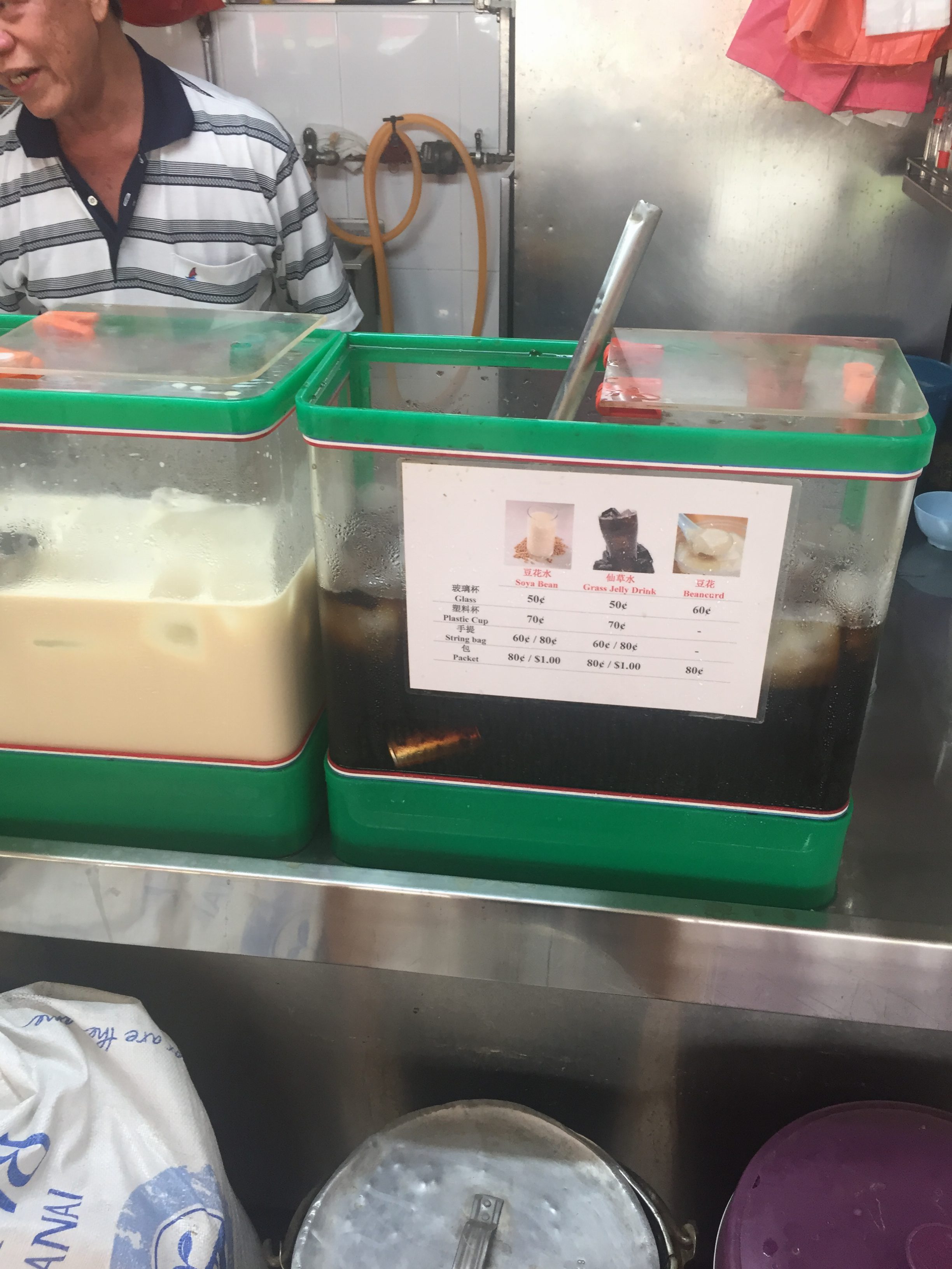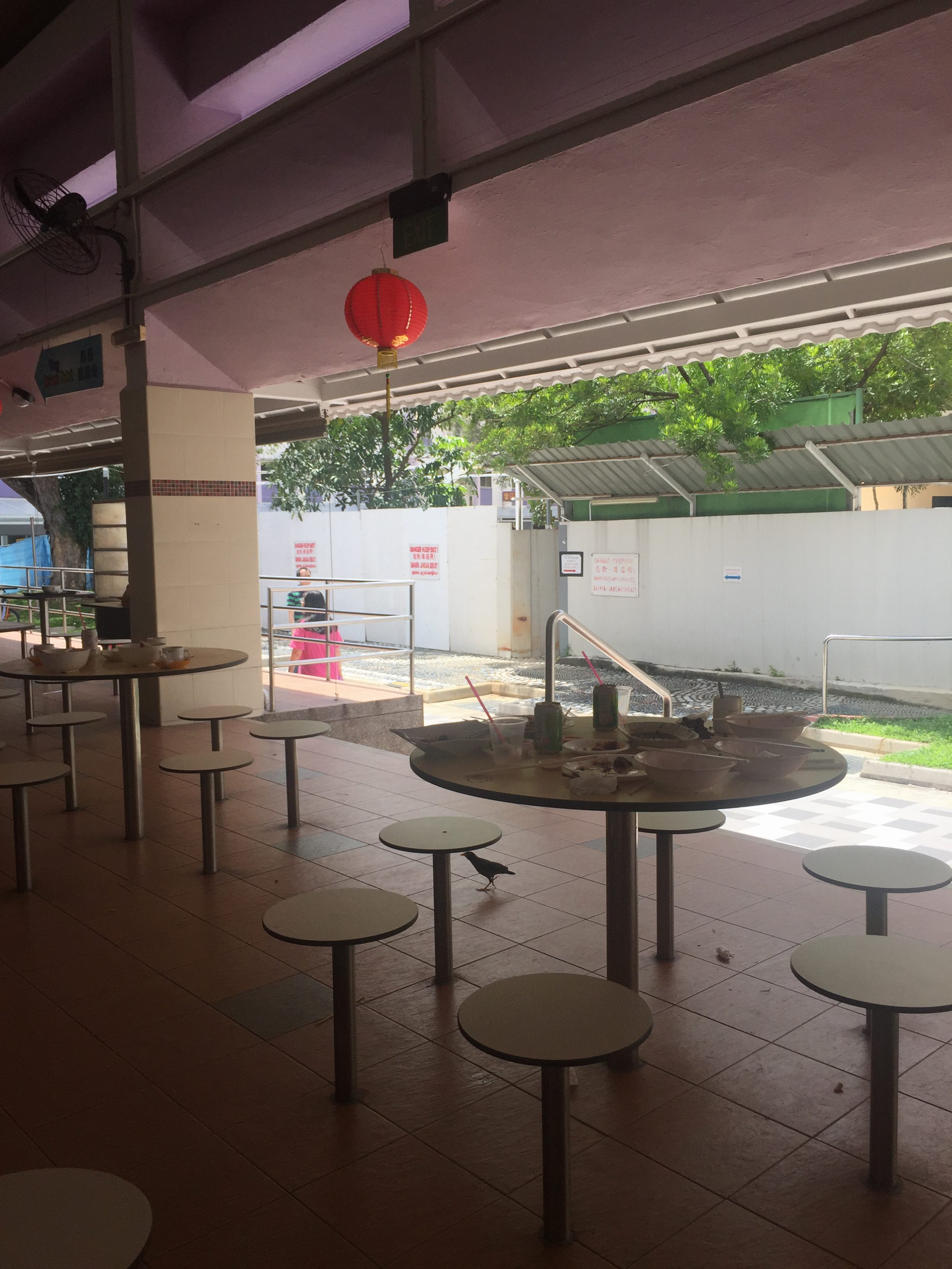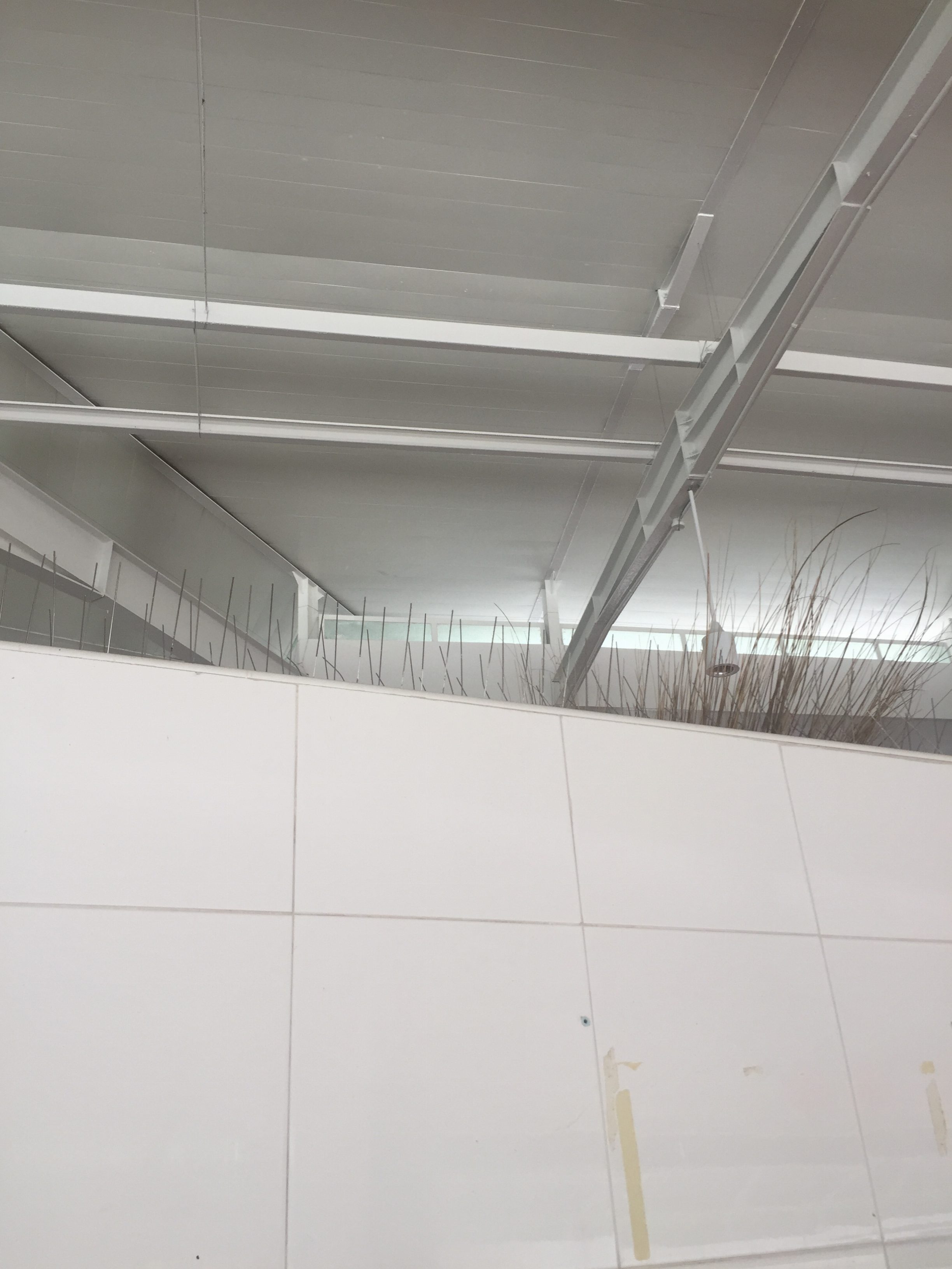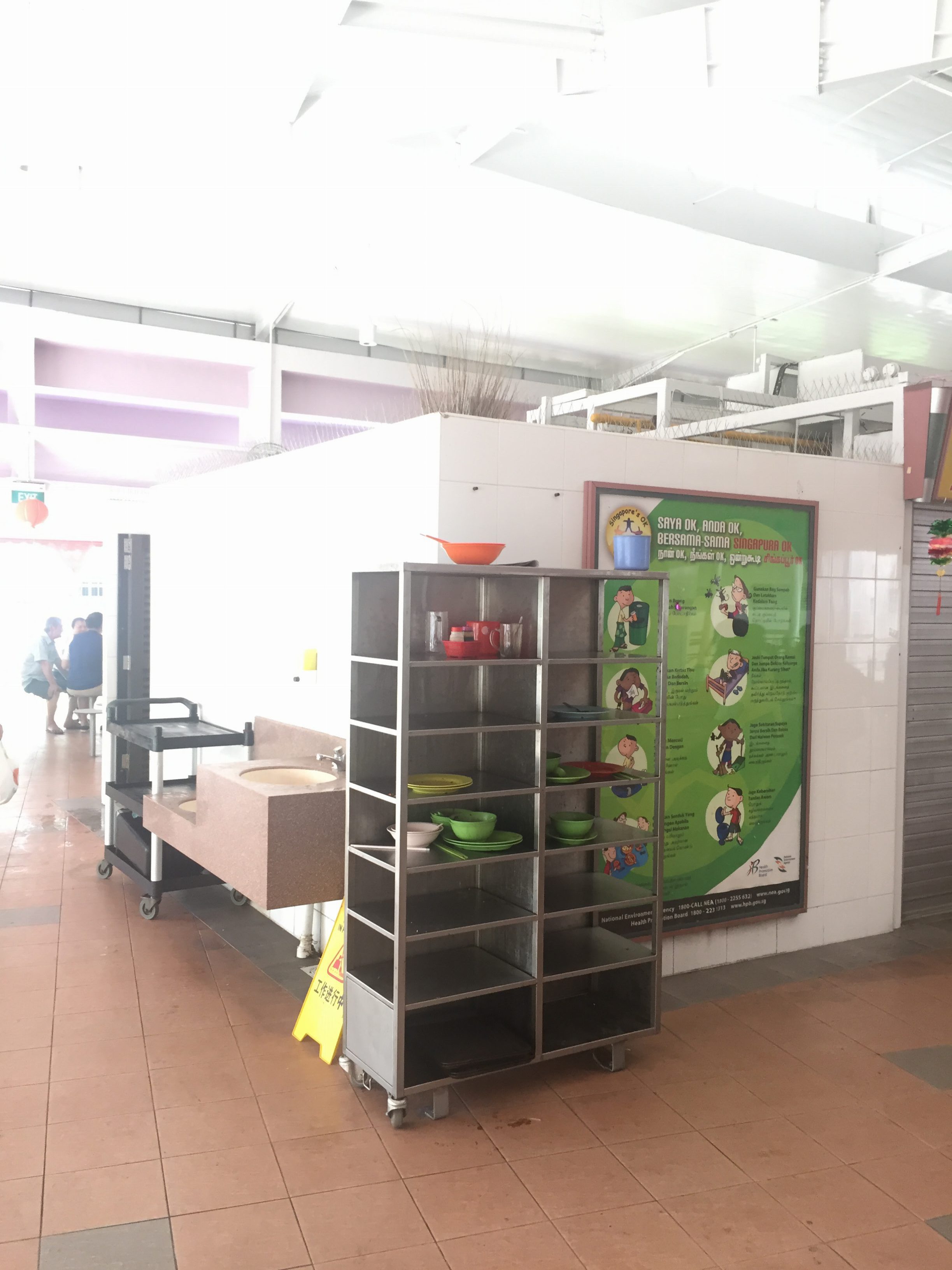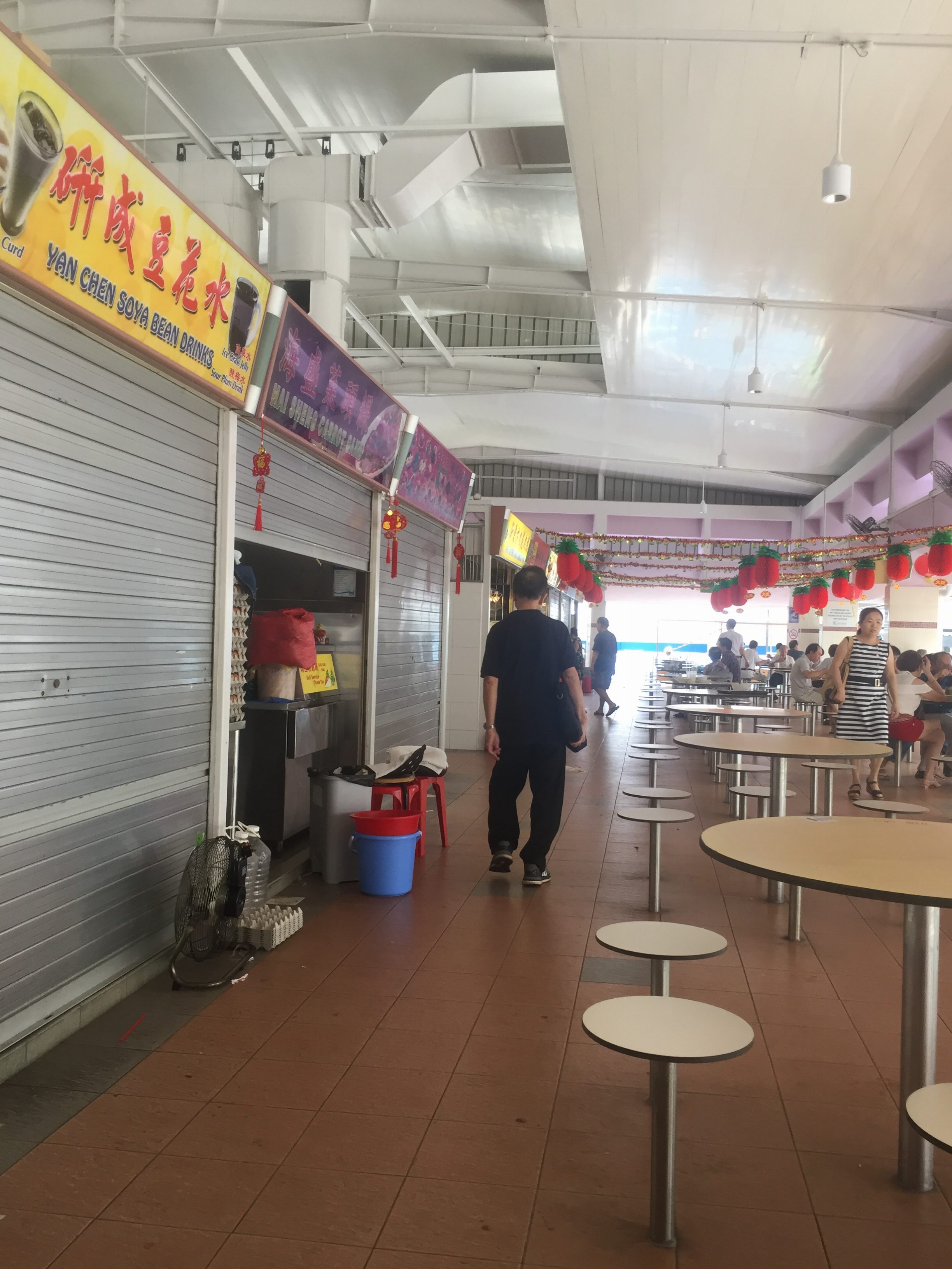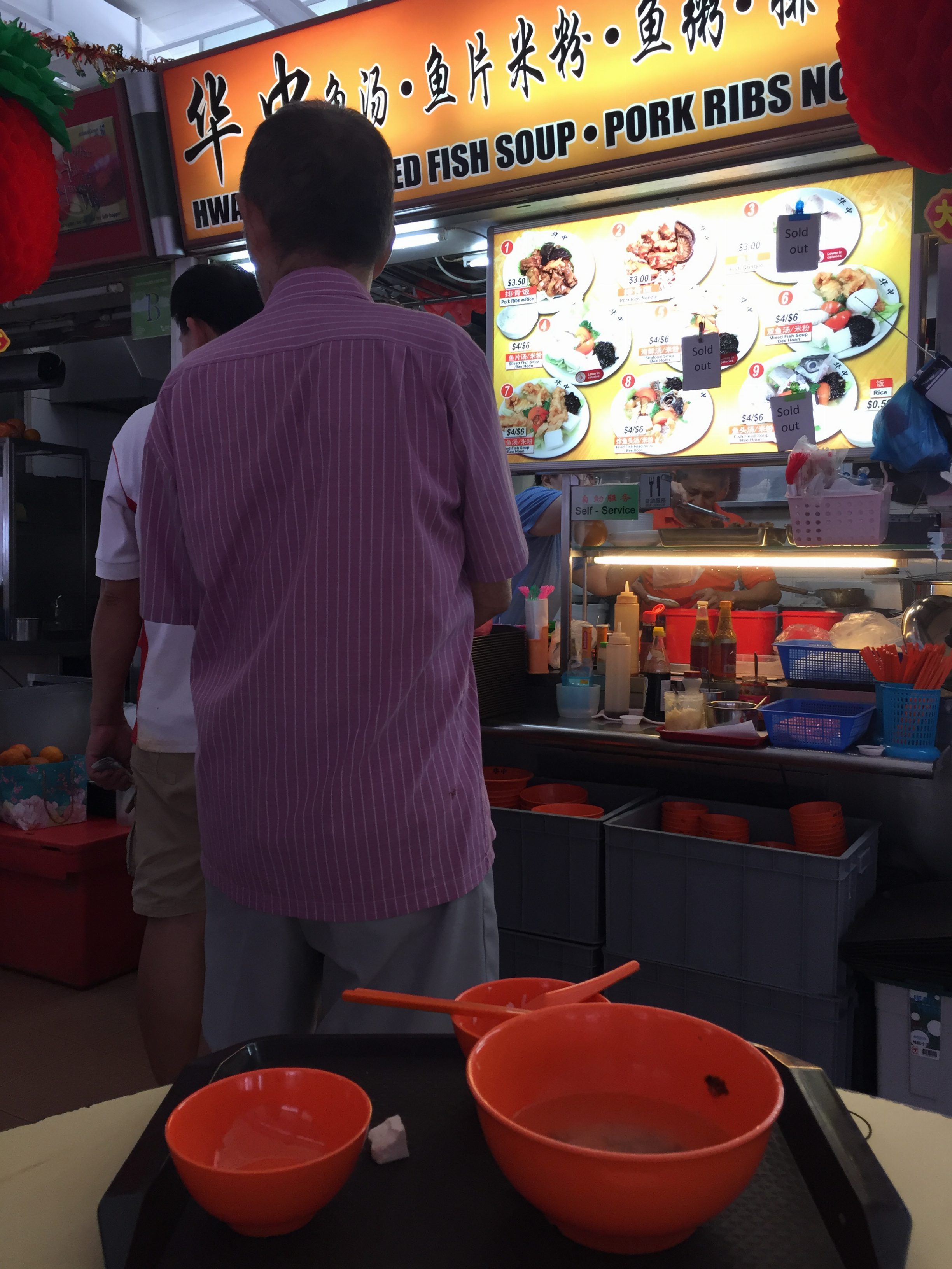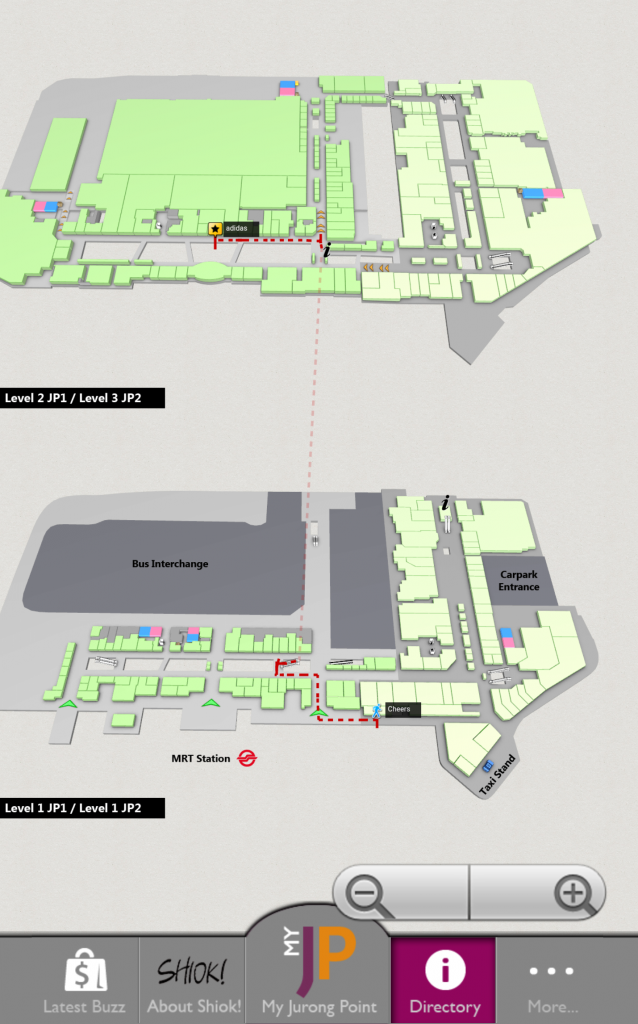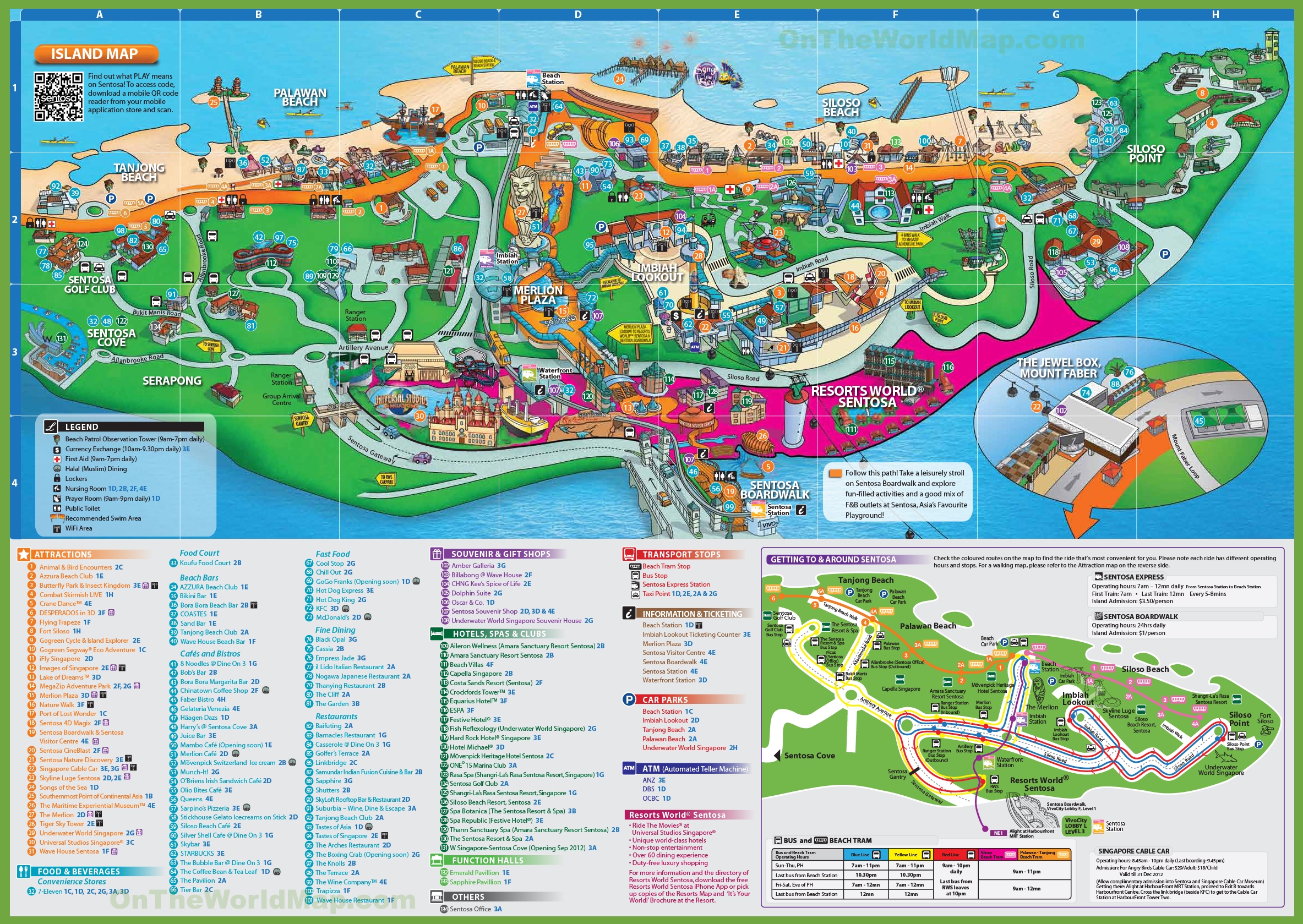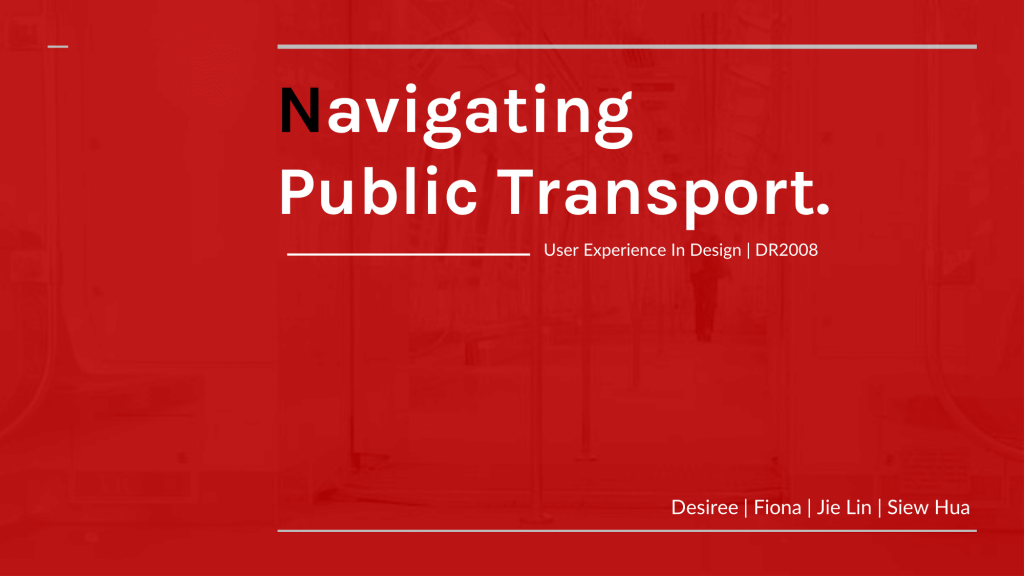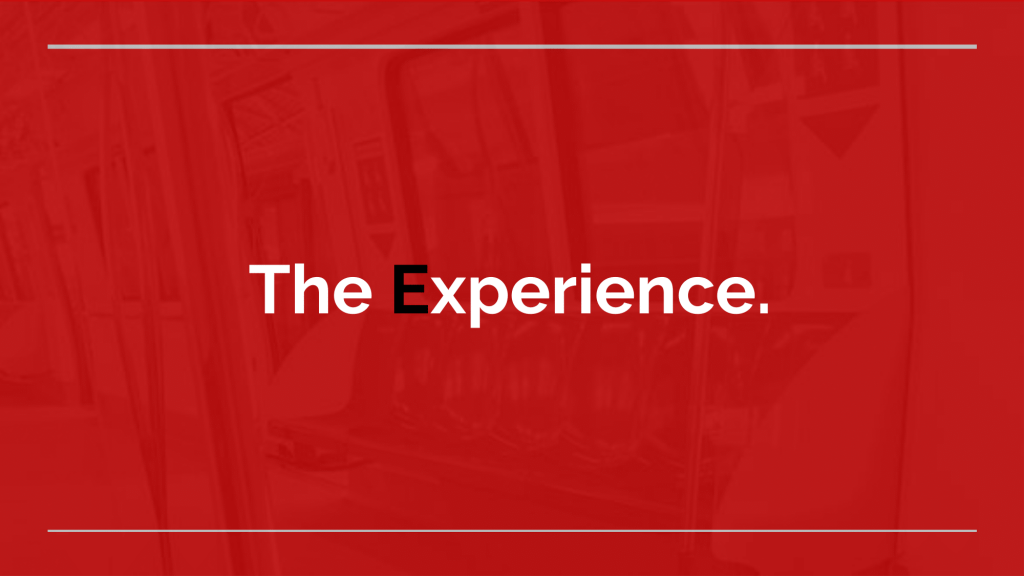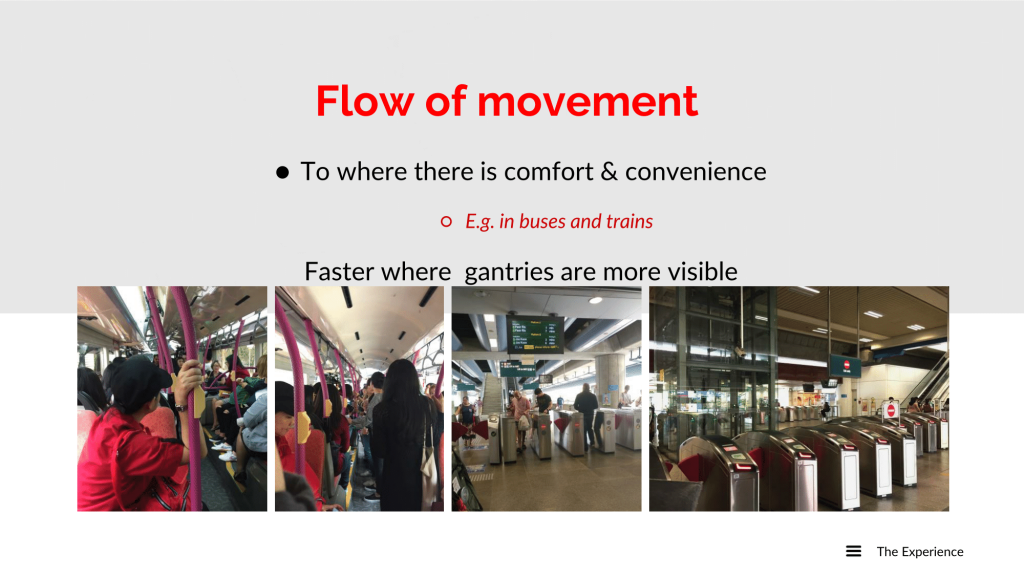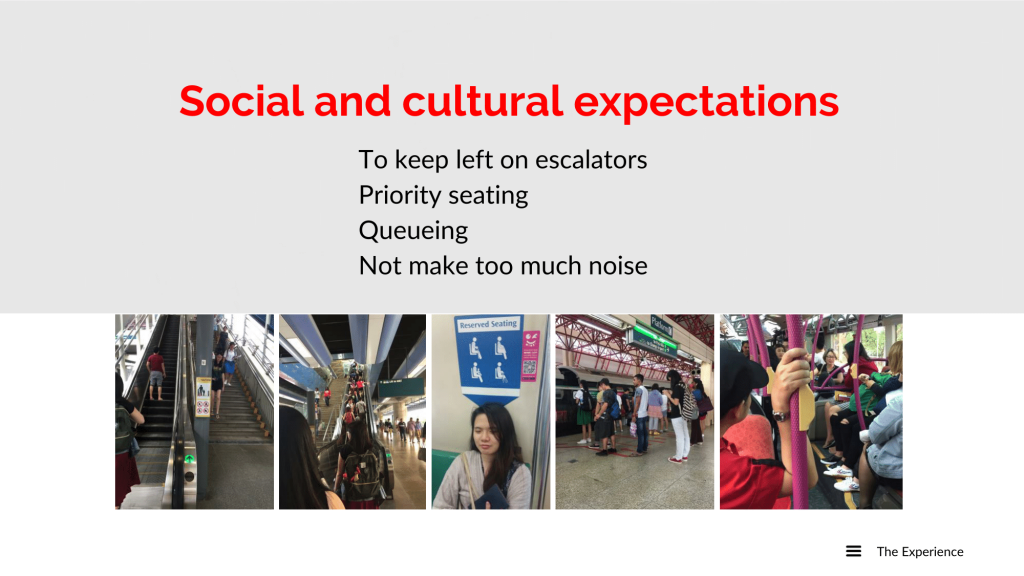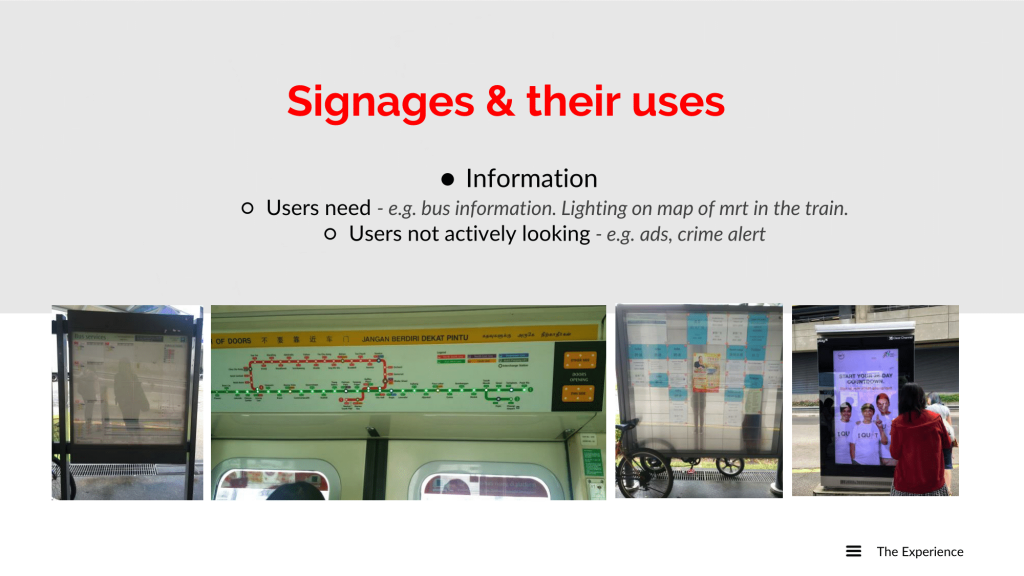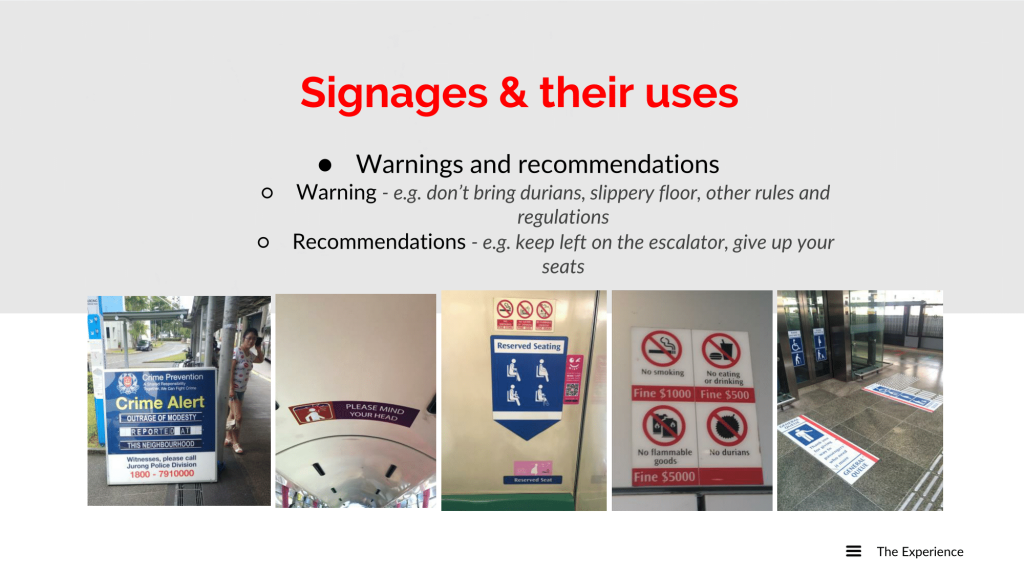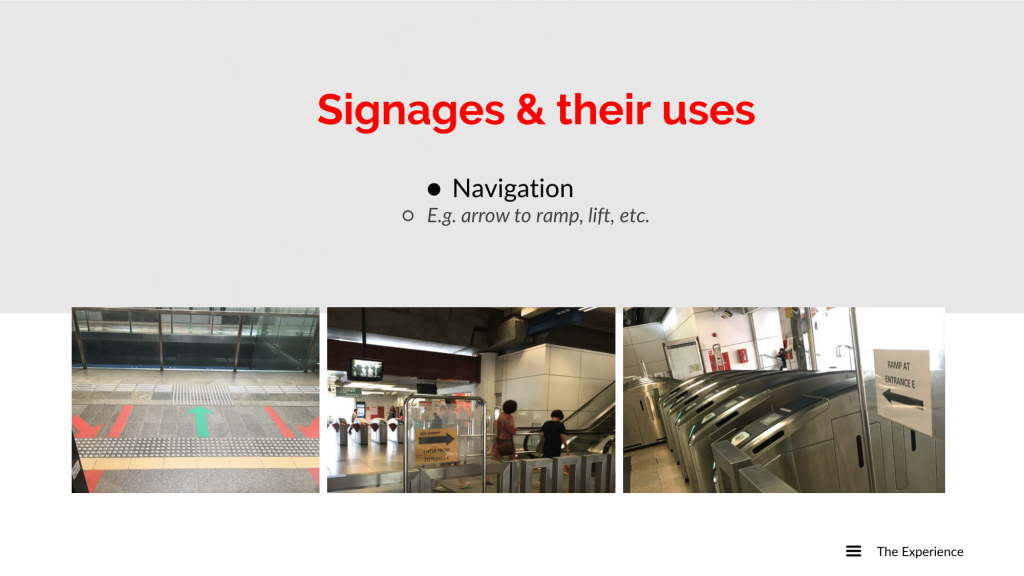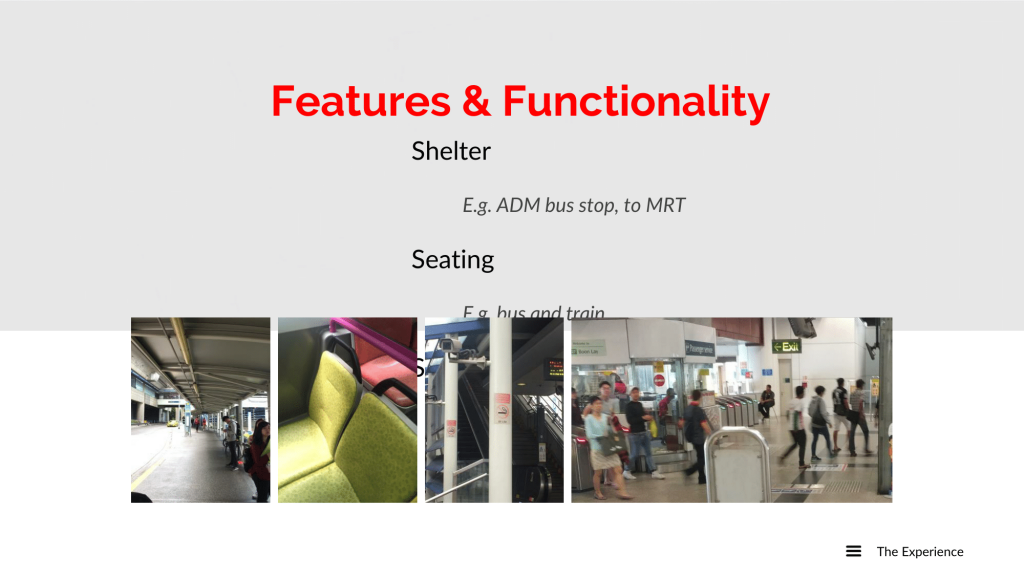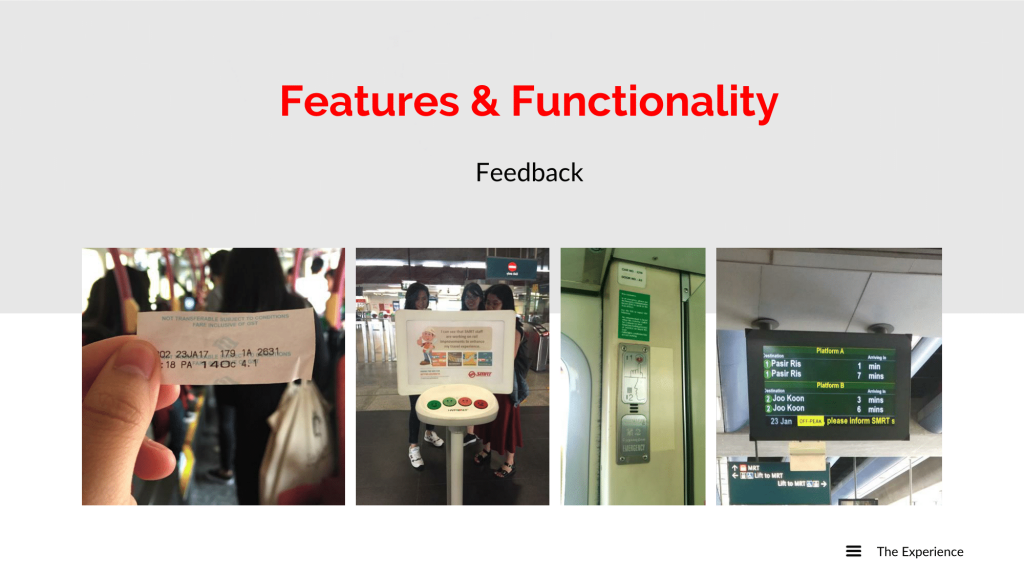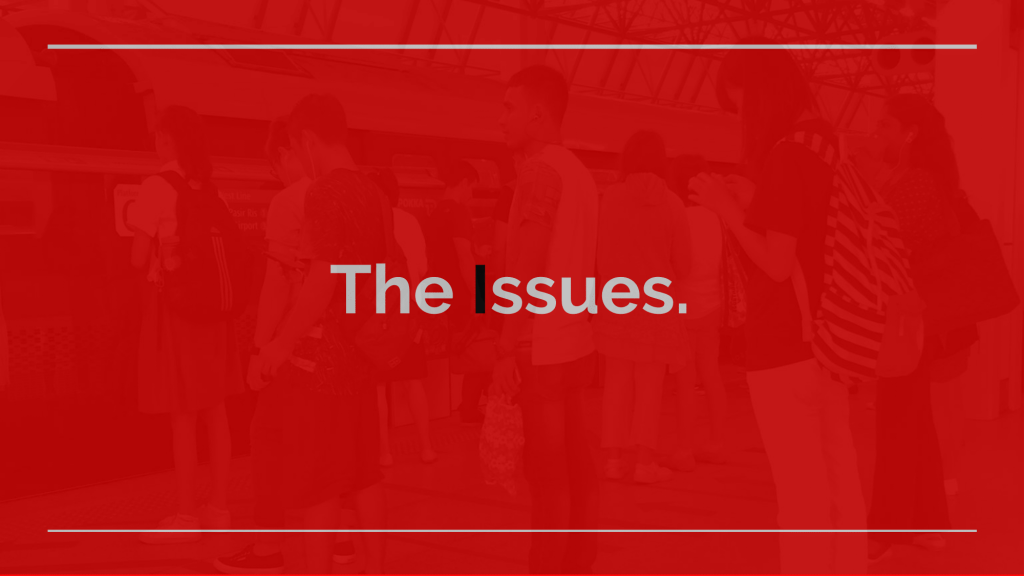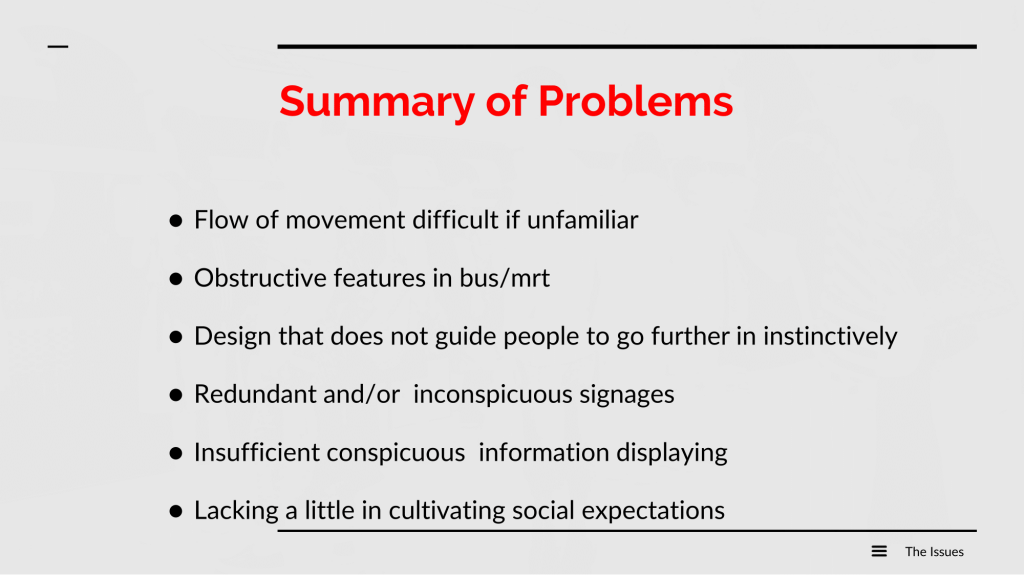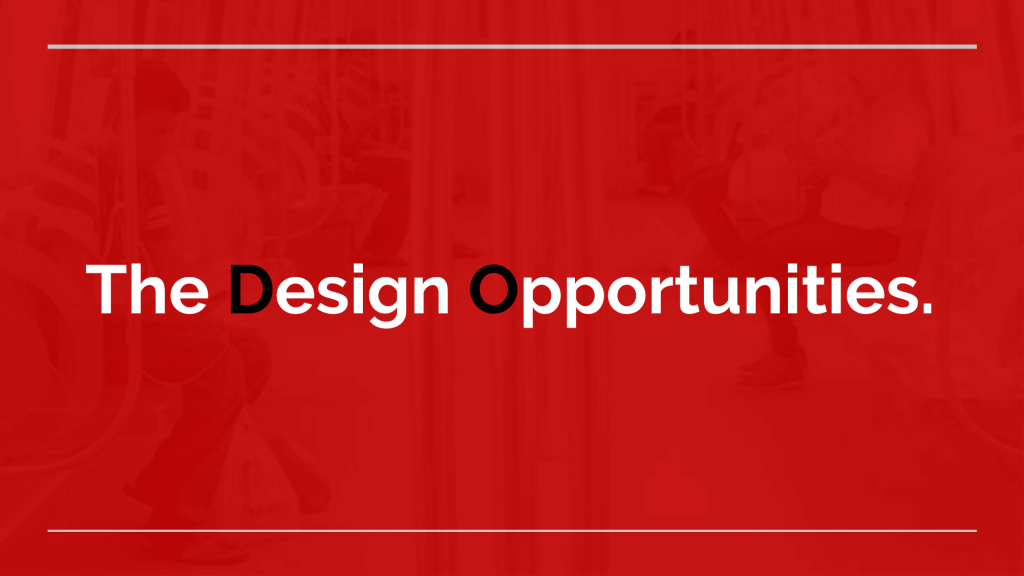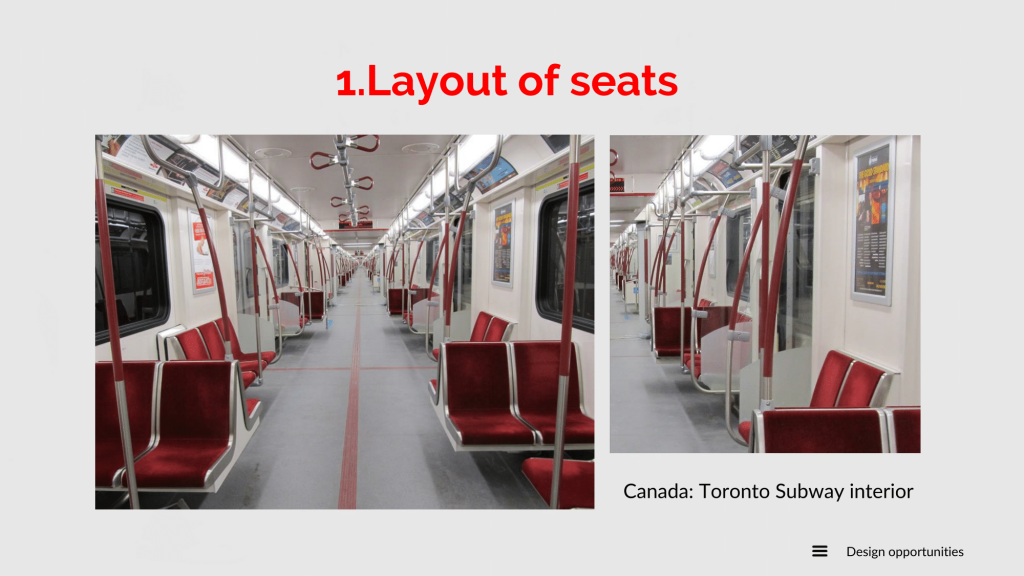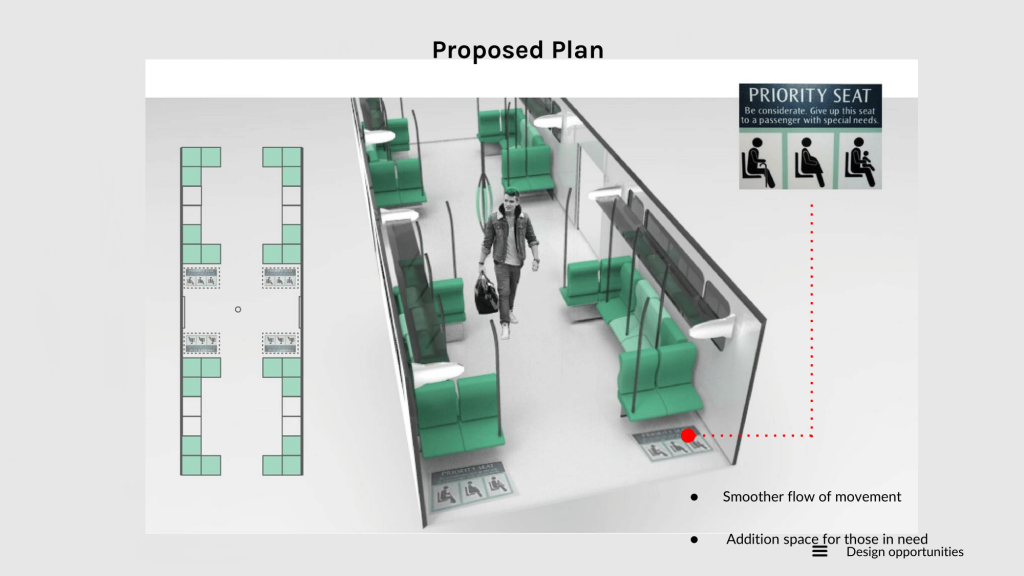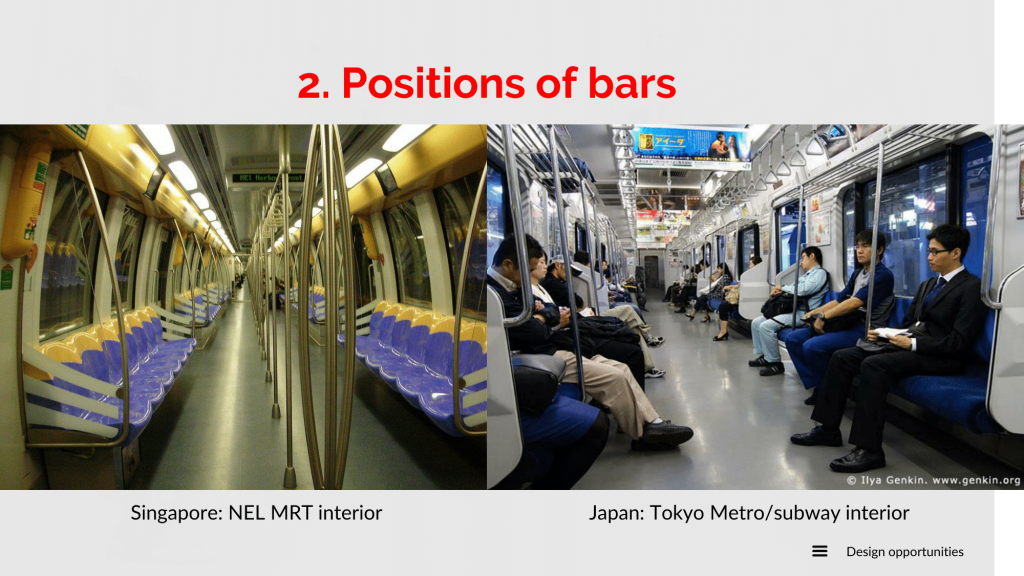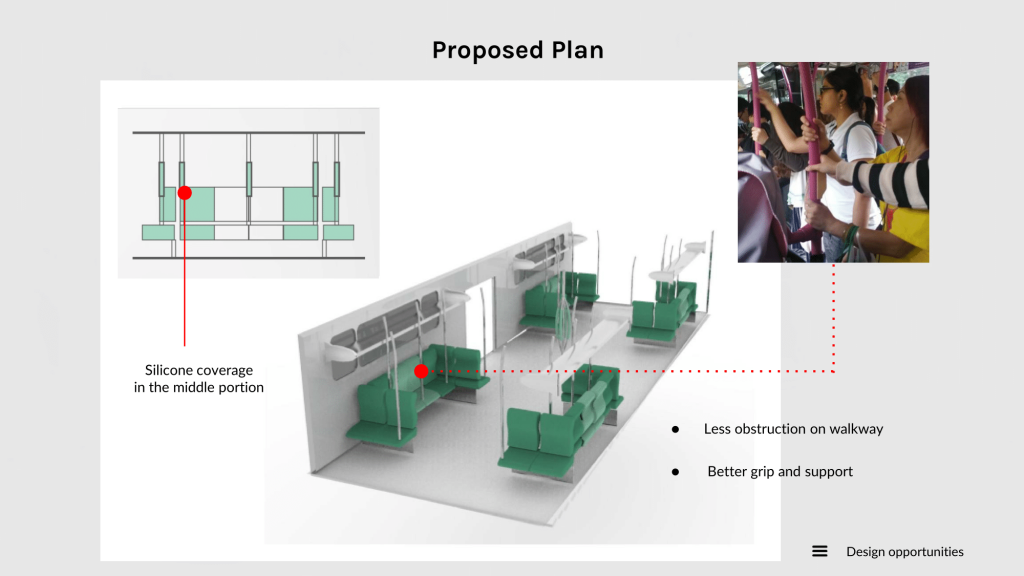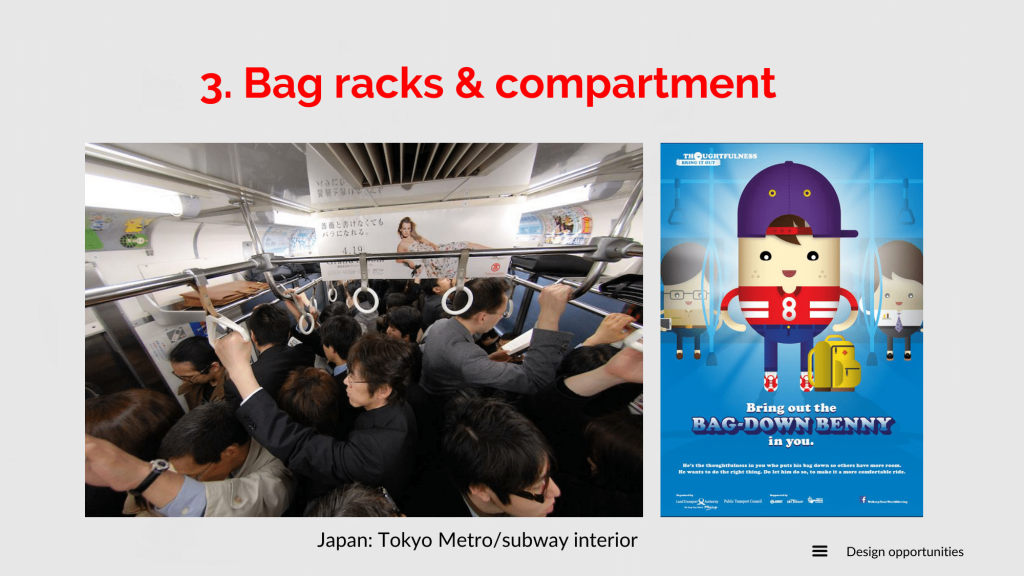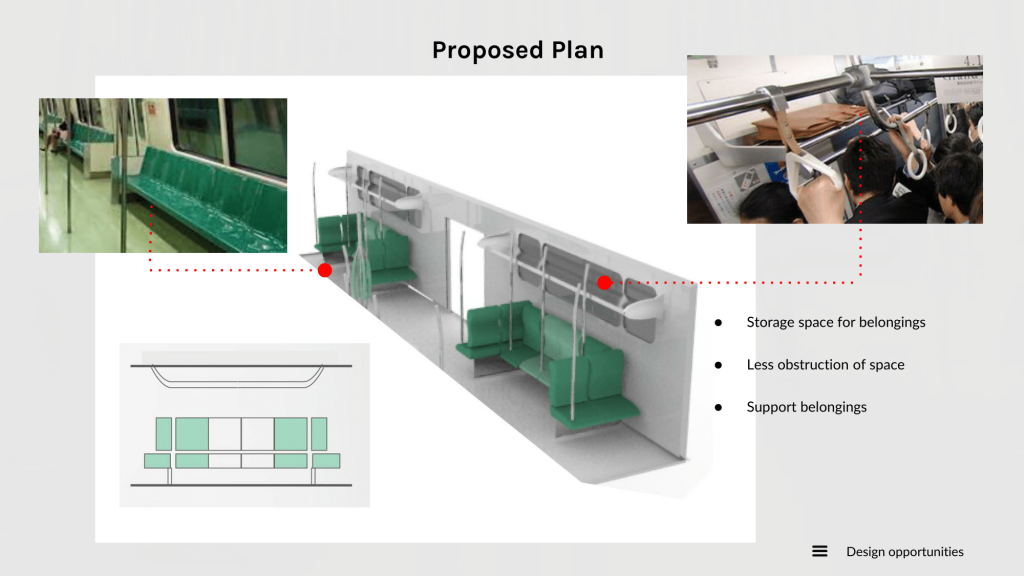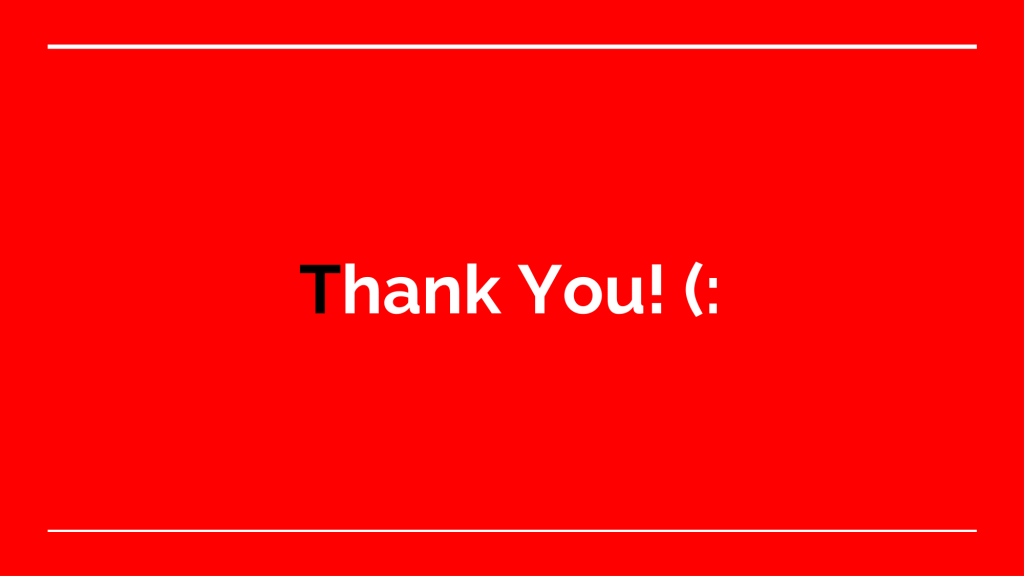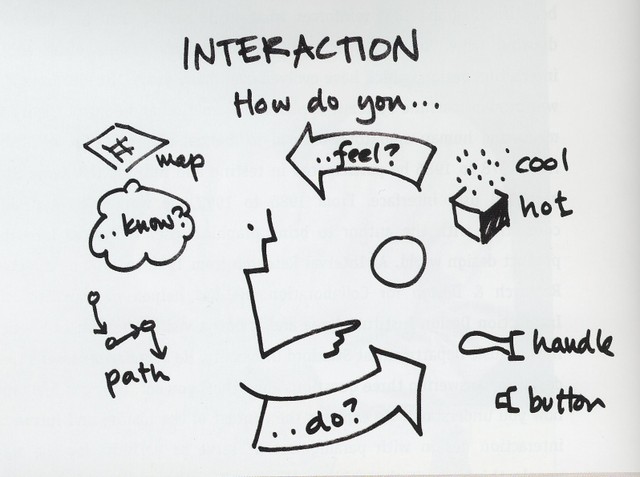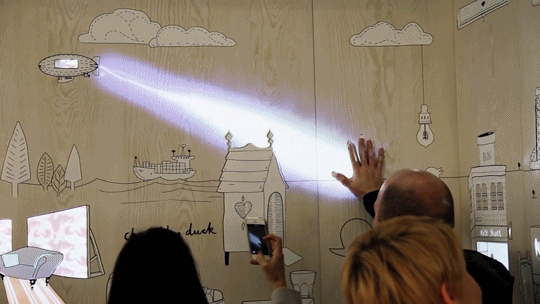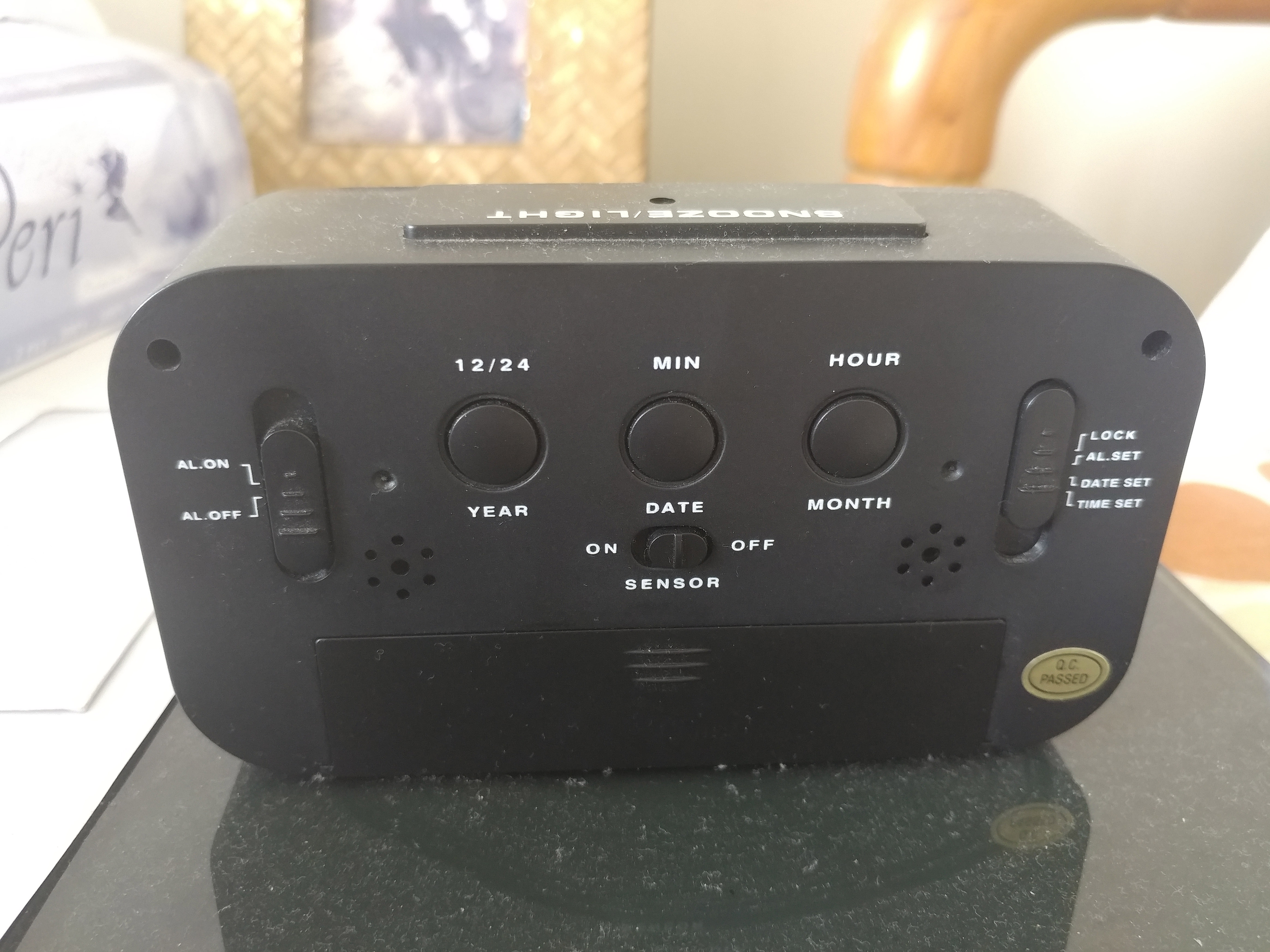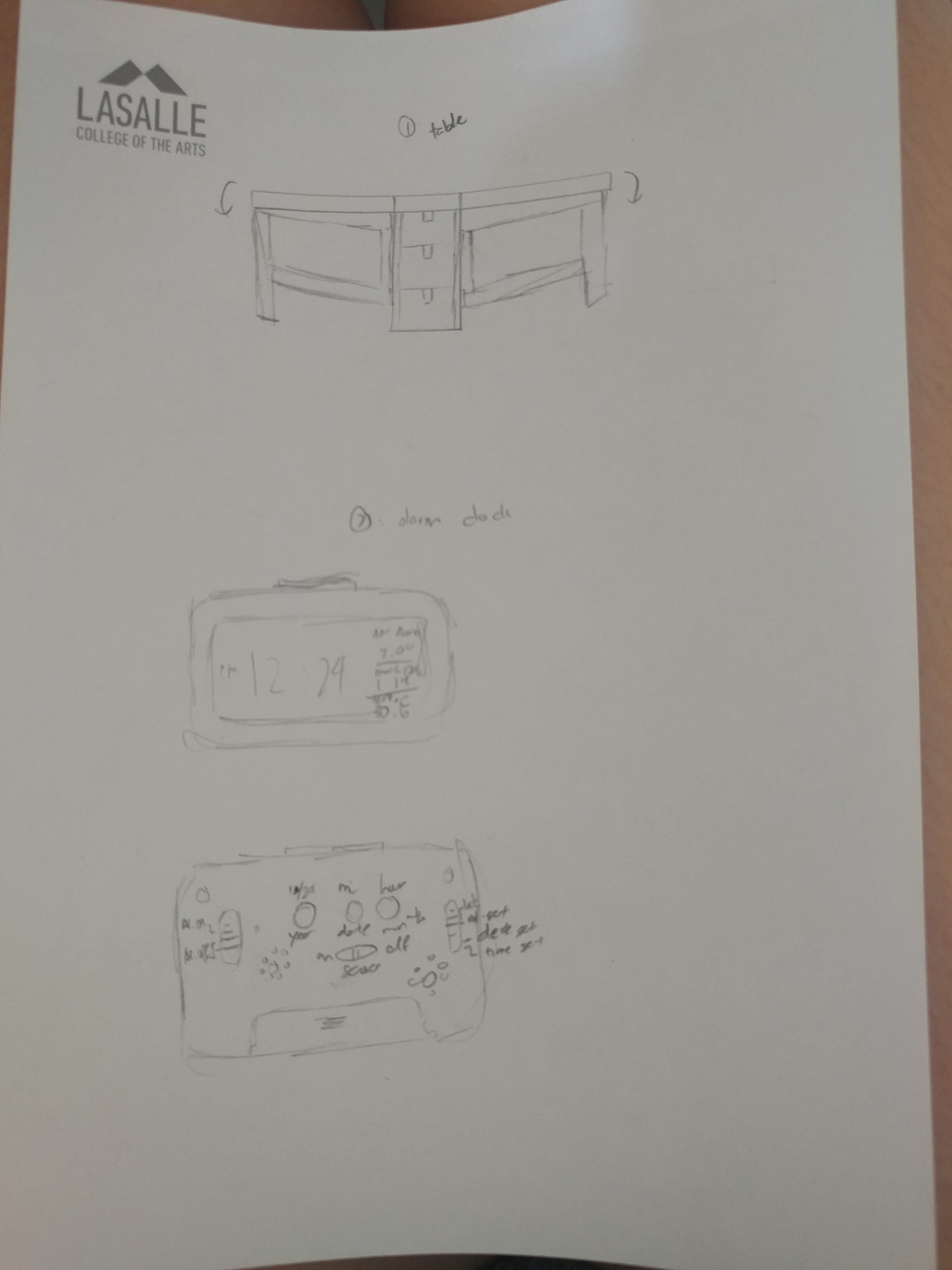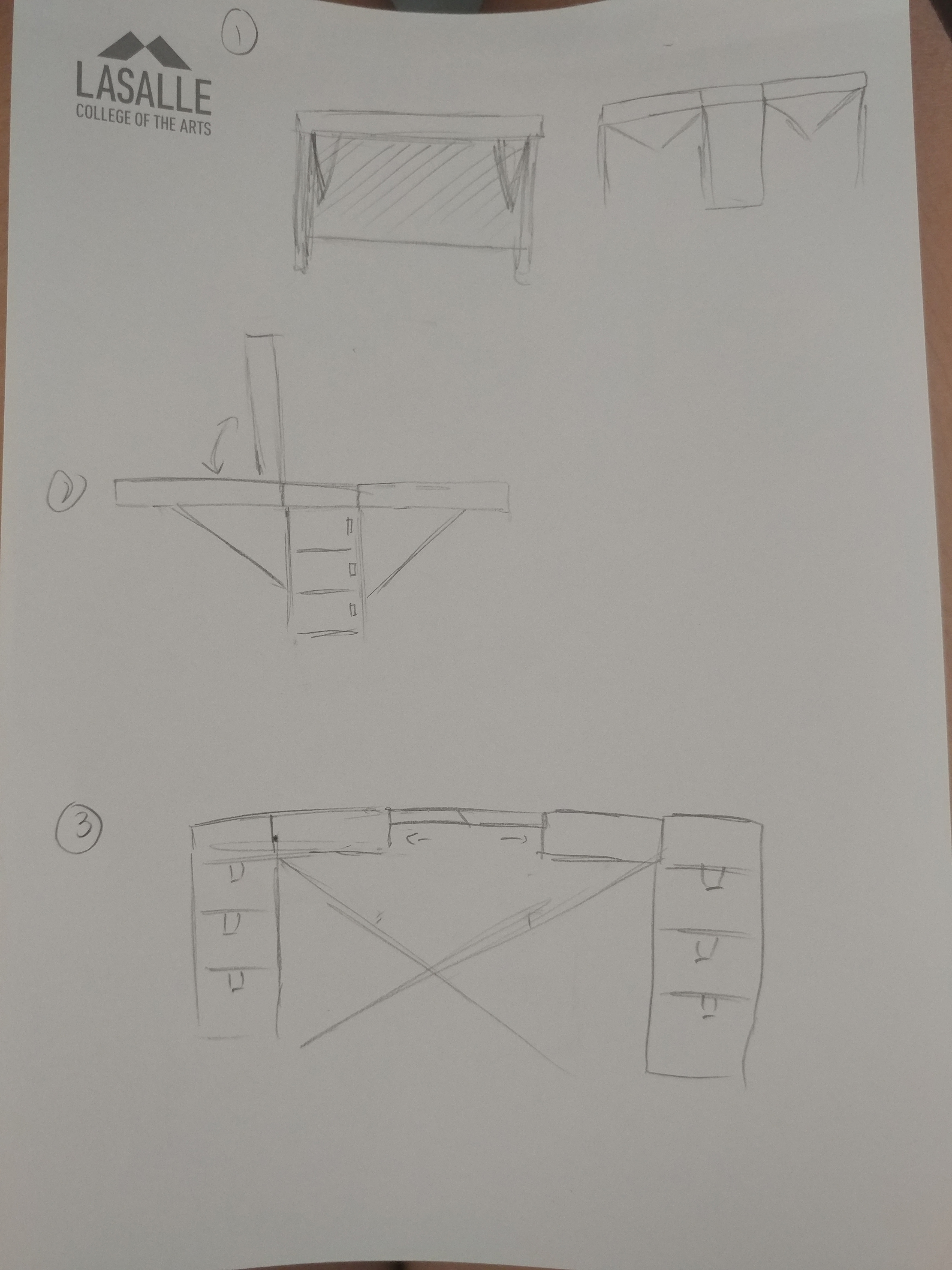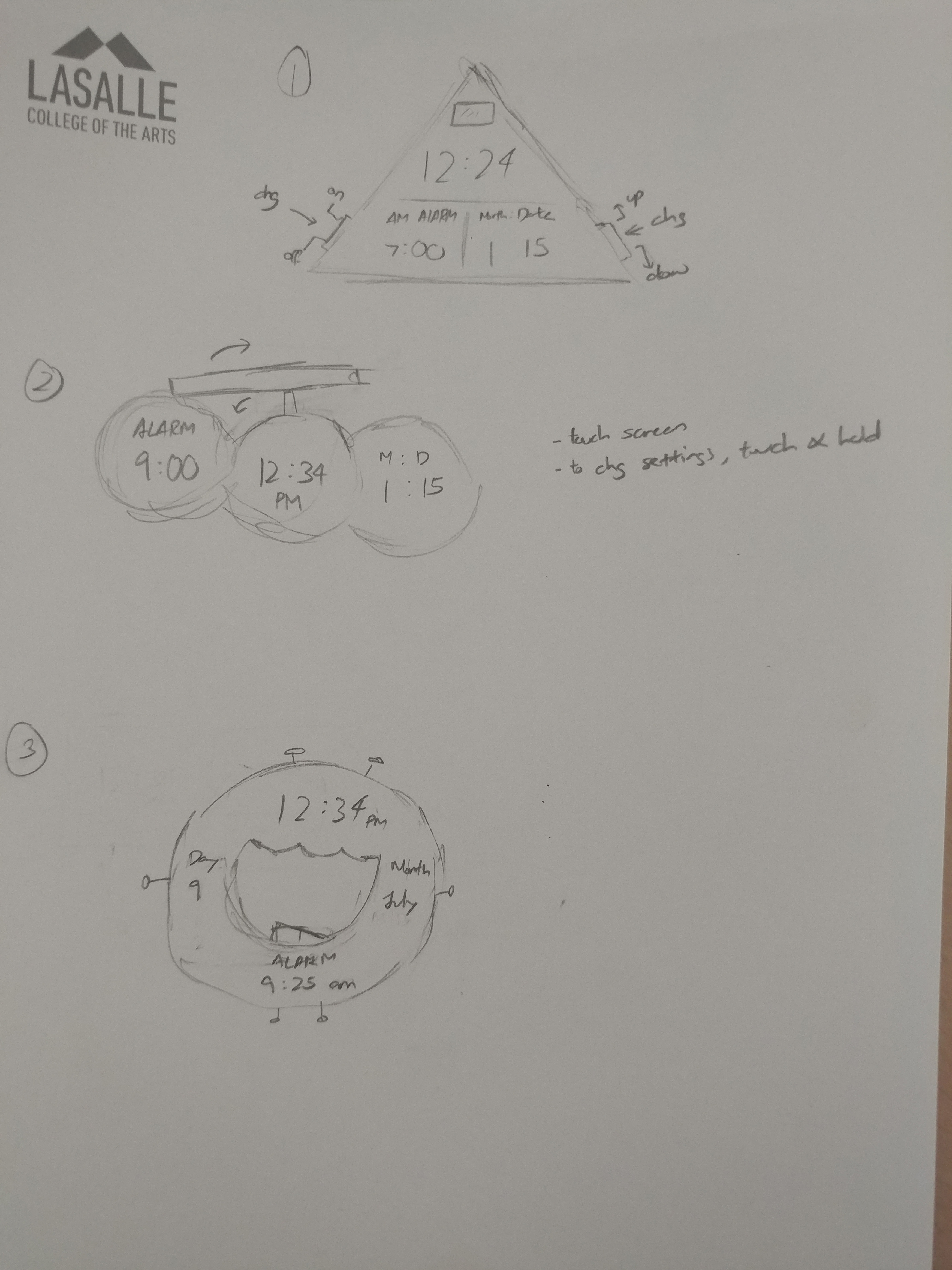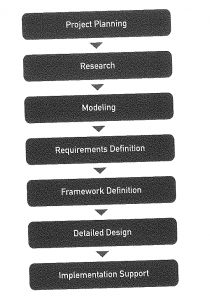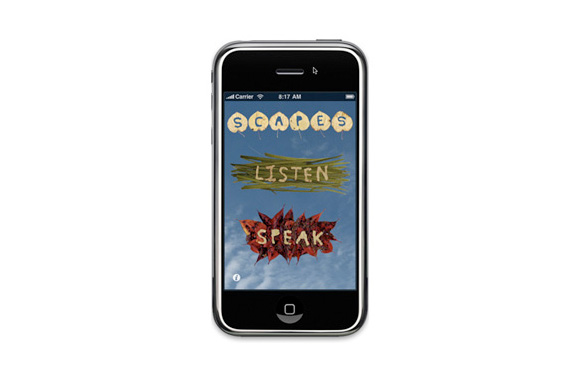Task: Over a two-day period, do the following: DAY 1 – create a diary of when, why and what you use your mobile device for. Observe how others are using their mobile devices. What are the most common uses and where do you see these behaviors? DAY 2 – Do not use your phone, computer or electronic device for 24 hours. Create a diary documenting and describing the difference in your behavior patterns. How did you do the things you would normally do with your phone? What other alternative behaviors did you develop? What else did you notice about the difference in behavior?
DAY I (Friday || 3 March)
Messaging
When: ~5mins/irregular intervals
Where: Home
Why: to keep in touch with others (groupmates / friends)
This is probably the main reason why i use my phone for since there were many group projects to be done hence the need to be updated/clarify things/check what we’ve discussed on before asap to get work done. I also use it for texting friends for conversing purposes and to keep in contact since we can’t meet up physically. Its probably because on this day I was busy with doing assignments hence I did not check my phone on a more often basis. I only looked/used it just after I woke up and then in between breaks.
Games
Design Home
When: 15min per morning(when just wake up) || late afternoon(4 PM) || night (before sleeping)
Where: Home
Why: this game releases new design challenges at these intervals so – to keep up with progress anf it doesn’t take too long to play it.
This game requires internet connection and usually if I was at home, I would open it at those timings as mentioned above since there is wifi. However, most of the time I would only play this around evening-ish timing since there was school/work in the day and all.
Pokemon Go
When: once in awhile ( >2 minutes) mostly if my brother announces excitedly there is some new creature if not I don’t really play it at all.
Where: Home / Outside
Why: adding the new creatures into my collection (for fun – bro/sis thing)
Social Media – Instagram
When: ~2 minute
Where: Home
Why: taking a break or at lost of what to do / see what others are up to
Used to browse through social media including other platforms than the one mentioned above on a often basis in the past but surprisingly in the recent months I don’t use it as much due to little free time/ losing interest. On this day, I didn’t open up any other social media platforms other than Instagram but I didn’t use it for long anyways because i just watch afew friend’s insta-story then turned it off to continue with my work.
Work
When: from morning till night
Where: Home
Why: to meet submissions deadline !! D:
This was probably the biggest component where I spent the most amount of time on. In the morning till about noon, I spent most of my time researching the possible ways to do up an interface for my “Narratives for Interaction” module and doing up my own mock-up based on that. In the afternoon till night, I spent it to do the other parts of assignments given in this module – the two readings and project response.
Music
When: while doing research/work
Where: Home
Why: just can’t live without music , its addictive (?) but honestly it is to relieve stress while doing work/ help concentrate for long hours.
Youtube
When: ~15mins
Where: Home
Why: take a break & see what new songs / videos there are
I only used this platform around the period where I just finished doing the mock-up interface and before starting on the other user experience assignments to check out new music videos as a break.
DAY II (Saturday || 4 March)
I woke up slightly later than usual today because I was feeling kinds tired out from yesterday. I decided to sleep a little more since today was a no-tech day which also means I have lesser things to be done and I could relax more? After getting up at around 8:15AM, I found that it was surprisingly that I did not really feel the urge to check my phone but instead I just went straight to doing the morning routines and then head out for breakfast with my family at our usual eatery in Jurong West. I didn’t really feel the urge to use my phone at that time too anyway since usually there wasn’t the need to. I helped my mother with carrying the food to our table and from there we just ate and talked. After breakfast, my mother went on to do her routine shopping for groceries at FairPrice around 10AM. Most of the time I do not follow if I had work to be done and just head home with the rest of my family to get a head start on my assignments. However, since I also couldn’t get any work done without my laptop, I decided to just go along with her like I how I usually do if I had no other pressing obligations/holidays. Since I usually helped with pushing the trolley and carrying the bags of groceries up home, I had no need for the phone otherwise. The only situation that arises was where my mum usually asks me to call my father/brother to come pick us up with the car. But it wasn’t really a problem but a slight inconvenience since my mother just used her’s to call.
We reached home close to 1PM and I helped my mum with unpacking and putting the groceries away to their respective places. Around 1:30PM, my family and I went down to a eatery just below our house for lunch. During lunch while waiting for the food, I did feel a slight urge to check my phone for any notifications but after awhile my brothers started talking about something and we then diverted to our childhood memories and that was when I forgotten about the urge as the conversation went on and on. After lunch, my brothers and I still continued talking about our childhood and we reminisced about those good/bad/funny times till around 2:30PM-ish. My older brother then offered to play the card game we occasional play with each other since he was bored. My younger brother and I agreed and we played for around 30minutes before they got bored and decided to watch a movie. They started watching “X-men Apocalypse” on our television and I was so tempted to join them as well but… oh well I can’t D: I then suddenly felt a surge of anxiety of whether could I finish my assignments on time and I almost couldn’t resist the urge to just open my laptop. I then decided to just go out and travelled to the Jurong East to just walk around and check out whatever they have there. There was no need to rely on any electronic since I know the way there well. Most of the time I would use my phone to listen to music while travelling but since it wasn’t really a long journey, I could do without it. From then, time past quite quickly since I was just walking around and looking at various things. I usually don’t really use my phone if outside for a purpose, especially more so if I’m shopping so this time was no different. I did manage to get some shopping done anyways ( yay 😀 ) and I went back home at around 5/6PM-ish. After that I just decided to tidy up and organised my table and cabinets/display shelfs since they were so messy. Again since I was buy doing something, there wasn’t the need to use any electronic other than the urge to listen to music but since my younger brother was blasting out his music on his mini speaker, all is well.
After setting dinner, eating and clearing. I bathed , asked my brothers to play a few rounds of a different card game than earlier before continuing with cleaning my desk and all then proceeded to tidy up my messy wardrobe as well (might as well since I was it). I then decided to just go to bed at around 11PM.
Thoughts
I think what was different was that suddenly it felt like there was a lot more “free time” and you could do a lot of other things aside from assignments. It definitely did feel less stressful, more relaxed and a more slower pace of life compared to when having electronics. For me, I felt so because most of my assignments can only be done through my laptop so without it, nothing could be done anyway so in a way thats why there was more “leisure time”. I also felt that because I couldn’t use any electronic device, I turned to the people in my closest vicinity more to pass time. However, this also means I’m distanced from those that aren’t. For example, I could be relaxed and not check my notifications because my groupmates knew about this(tech-ban day) hence, I know I won’t really be missing out on anything anyway. But what if it wasn’t a planned activity and long-term? I think things would be quite different.
Honestly, when this assignment was given my initial thought was how am I going to survive without it. After that, I decided to do it on the day where I’ve finished most of my other assignments (many of which being groupwork) and when I did not have to travel out to meet other people much to minimise the “damages”. Hence, I really pushed this assignment to the last few to clear and dragged on doing till I really couldn’t do anymore. Reflecting on the what I had to do in the past few days, I think I would had hit extremely, a lot, of obstacles without my laptop but mostly my phone. If I had done this during the weekdays where I was constantly out, meeting others, travelling to several places that I’m unfamiliar with I would have really needed to depend heavily on my phone. Hence, I think the result would relatively be a more drastic change in outcome and more towards a unrelaxed, more stressful and anxiety-filled experience compared to the experience written above.
Featured Image from here.

